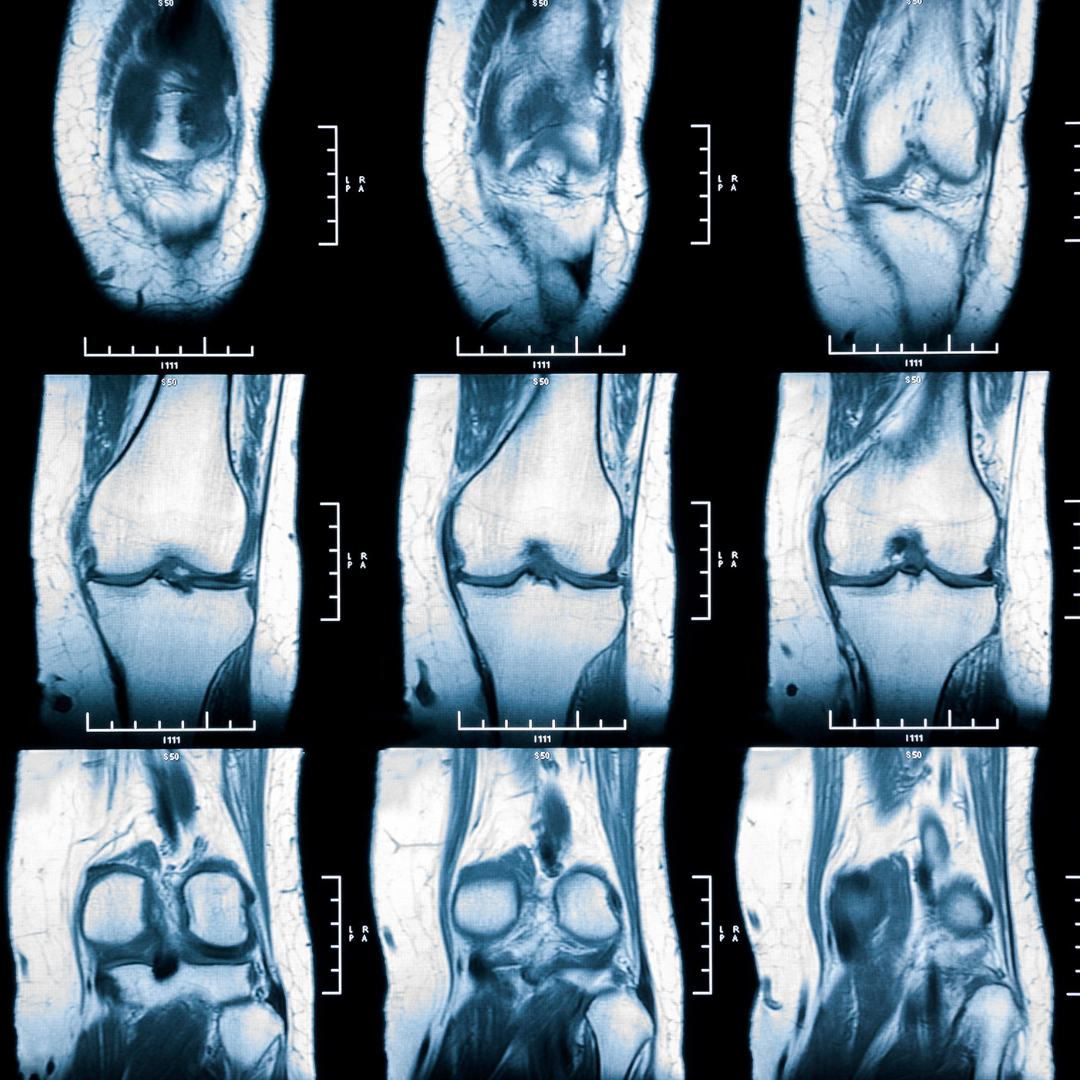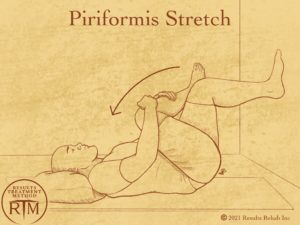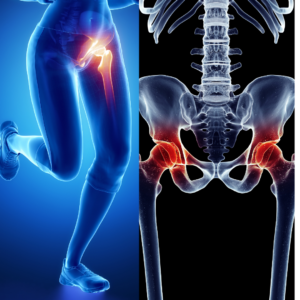Knee injuries are a common problem for people of all ages and activity levels. Whether you’re a professional athlete or someone who enjoys recreational activities, knee injuries can significantly impact your daily life. Knee injuries can range from mild to severe, and without proper treatment, they can lead to long-term pain and discomfort. In our article, Knees: 3 injuries and Physical Therapy, we’ll explore some of the most common knee injuries, their symptoms, treatment options, and prevention strategies, including the role of physical therapy.
ACL Injuries
The anterior cruciate ligament (ACL) is one of the four major ligaments that connect the bones of the knee joint. ACL injuries often occur during sports activities that involve sudden stops, changes in direction, or jumping. Symptoms of an ACL injury include a popping sound at the time of injury, severe pain, swelling, and difficulty walking or bearing weight on the affected leg.
Physical therapy is an essential component of ACL injury treatment and prevention. A physical therapist can design a personalized rehabilitation program to help you regain strength, flexibility, and range of motion in your knee after surgery or injury. Additionally, a physical therapist can teach you exercises to improve your balance, agility, and coordination, which can reduce the risk of future injuries.
Prevention strategies for ACL injuries include wearing proper footwear, using protective gear, such as knee pads, and participating in conditioning programs to strengthen the muscles around the knee joint.
Meniscus Tears
The meniscus is a C-shaped piece of cartilage that cushions and stabilizes the knee joint. Meniscus tears can occur due to sudden twisting or pivoting movements, such as those seen in sports activities like basketball or soccer. Symptoms of a meniscus tear include pain, swelling, stiffness, and a popping or clicking sensation in the knee joint.
Physical therapy is an effective treatment for meniscus tears, as it can help reduce pain and inflammation and improve strength and flexibility in the knee joint. A physical therapist can also teach you exercises to improve your balance, which can reduce the risk of future injuries.
Prevention strategies for meniscus tears include maintaining a healthy weight, avoiding activities that place excessive stress on the knee joint, and participating in strength and flexibility training programs.
Patellar Tendinitis
Patellar tendinitis, also known as jumper’s knee, is a common overuse injury that occurs in athletes who engage in activities that involve repetitive jumping or landing, such as basketball or volleyball. Symptoms of patellar tendinitis include pain and tenderness in the area just below the kneecap, as well as swelling and stiffness.
Physical therapy is a primary treatment for patellar tendinitis, as it can help reduce pain and inflammation and improve strength and flexibility in the knee joint. A physical therapist can also teach you exercises to improve your form and technique during activities that involve jumping or landing, which can reduce the risk of future injuries.
Prevention strategies for patellar tendinitis include gradually increasing the intensity and duration of activities that involve jumping or landing, as well as maintaining proper form and technique during these activities.
We hope you enjoyed reading Knees: 3 Injuries and Physical Therapy. If you’re experiencing knee pain, Results Physical Therapy can help. They are hosting a FREE Online Knee Pain Workshop on March 7th from 5:30pm to 6:30pm. During the workshop, a licensed physical therapist will discuss common causes of knee pain, as well as strategies to prevent and treat knee injuries. You can sign up for the workshop at resultsrehab.com/workshops/. Don’t let knee pain keep you from the activities you love. Sign up for the workshop today and learn how physical therapy can help you get back on track.




